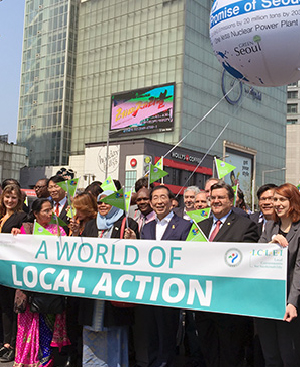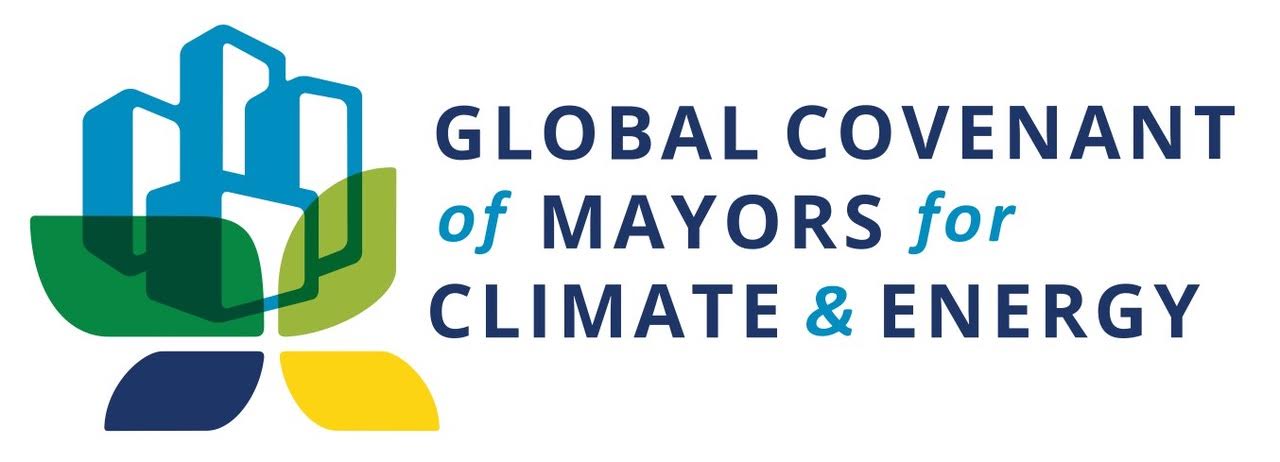Gothenburg is currently the scene of ElectriCity – an exciting cooperative venture bringing together industry, research and society in the development and testing of new solutions for next-generation sustainable public transport. Since June 2015 the new bus-route 55 offers quiet, exhaust-free buses that pick up passengers indoors and are powered by electricity from renewable sources. On board the buses, passengers have free access to the latest technology.
ElectriCity is a partnership and demonstration project for sustainable public transport in the City of Gothenburg. Region Västra Götaland, the City of Gothenburg, Lindholmen Science Park, Johanneberg Science Park, Swedish Energy Agency and AB Volvo have entered a memorandum of agreement for joint development of sustainable public transport solutions for the future.
ElectriCity is a unique demonstration project in Gothenburg that includes:
• Quiet, emission-free and fuel-efficient electric buses from Volvo
• Electric bus service between Johanneberg Science Park and Lindholmen Science Park
• Includes future bus stop solutions, ITS solutions, safety concepts, green depot and energy solutions
• Tests and demonstrates new ways to travel by public transport
The project demonstrates two kinds of buses, plug-in hybrid and electric bus.
• Plug-in hybrid: Quiet, electrically powered 70% of the rout. 80% lower exhaust emissions on roads, 80% less CO2 and 60% lower energy consumption
• The electric bus: Quiet, Energy-efficient, zero emissions when using renewable electricity and indoor driving possible.
Read more at http://www.goteborgelectricity.se/en and in the uploaded file.



